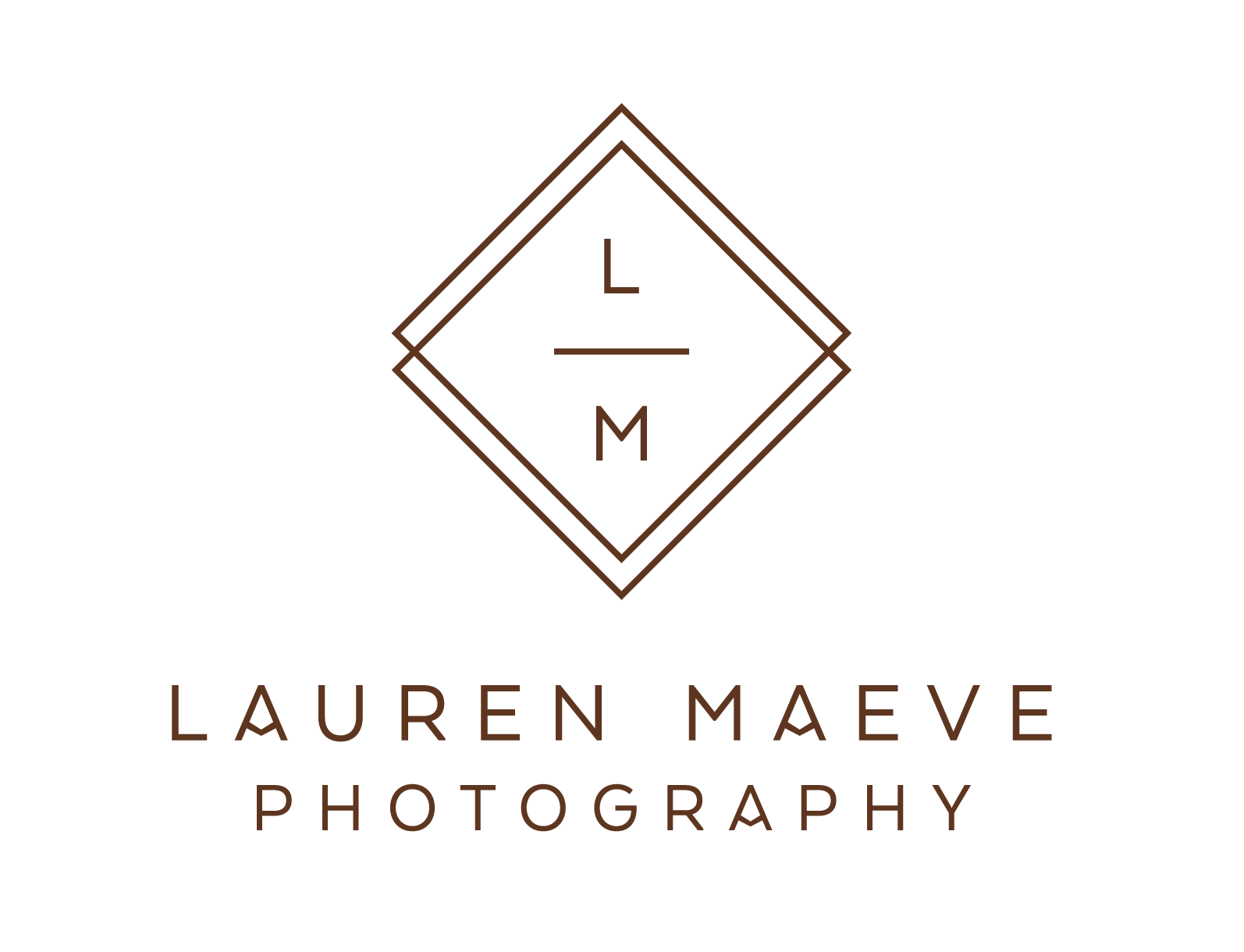7 Steps to Lightroom & Hard Drive Organization
Hi Friends!
Today I am talking about my hard drive and lightroom organization system. This system is THE reason why I haven’t lost an image in over 5 years! Remember, it is not IF BUT WHEN you will lose something as a photographer. So why not be prepared? Are you that photographer that is consistently running out of room on your computer and always having to make more space? Then this podcast is about to change your life! Gone are the days of having thousands of folders on your desktop full of images. In this podcast I will be covering my 7 step system to never losing anything ever again!
1. BUYING A NEW HARD DRIVE EACH YEAR - Each year I buy 3 new hard drives! Yes, you heard me… 3! You are probably sitting there thinking; but why? Each year I have a main, backup, and off location hard drive. This way I can back up/mirror copy to three different locations just in case one of my hard drive fails. Because let’s be honest… hard drives do fail. It is our job as photographers to be prepared.
2. REFORMATTING YOUR NEW HARD DRIVE - After buying my hard drives I reformat all of them. Reformatting is just a fancy way of saying erase. All hard drives come from the factory with a bunch of un needed junk on them. It is important that we have all of the space that we can get. So let’s reformat to make the hard drive completely empty.
3. CREATING A NEW CATALOG EACH YEAR – Each year I will create a new catalog. By doing this you will be much more organized. If your hard drive were to fail and you had 3 years’ worth of images and catalogs on it that would be devastating. This is why we designate a hard drive and catalog to each year. It will also be easier when it comes to finding an image. For example, if a client reaches out asking for an image form 2019 you will be able to locate that image quickly and efficiently. I have had a lot of photographers mention that they create a new catalog for each client. By doing this your workflow will be extremely slow. As photographers our goal is to have an efficient workflow that allows for easy organization.
4. CREATING A NEW IMPORT PRESET EACH YEAR – My favorite thing to teach to photographers wanting to better their organization is how to create an import preset. An import preset will; organize your images within your images folder on your hard drive, apply metadata, name your files, and organize your photoshoot within a collection in Lightroom! Is your mind blown?!? By creating an import preset you will be saving yourself so much time!
5. STORING YOUR PRESET WITH YOUR CATALOG – It is important to store your preset with your catalog so that you can use your new hard drive on any computer and still have your editing and import preset. If you are like me and go on the road you will be bouncing back between a desktop computer and a laptop. By storing your preset you will be able to do this seamlessly.
6. CHECKING IF YOUR HARD DRIVE IS FULL – Ok friends, if you are multitasking, please come back to me. Because this next part is important! When your hard drive becomes too full your lightroom catalog will start to glitch and fail. Make sure to check if your hard drive is full on a regular basis so that you can avoid the heart ache of a glitchy lightroom.
7. BACKING UP – If you learn anything from this podcast today I hope that it is backing up! Please back up to at least one other location if not two. As I mentioned in step one backing up to a backup and off location drive is THE safest way to never losing anything. I typically mirror copy my hard drives to each other.
Did today’s podcast open your mind on using a hard drive? If you are ready to apply this system and never lose anything again head to click the button below!
This guide will take you step by step through my entire hard drive and Lightroom setup system. I will also be teaching; What hard drive to buy, how to reformat a hard drive, creating a catalog and import preset, storing your preset with your hard drive, and most importantly how to back up! Plus! At the end of each chapter is a step by step video to teach you visually. Just a little reminder, this eBook comes with a hour mentoring session to get you through the trickier parts!
Thank you so much for listening to this podcast! I would greatly appreciate it if you could hit that subscribe button and leave a review. This will make it so that I can keep creating free educational content for you all! See you all next week same time same place!


